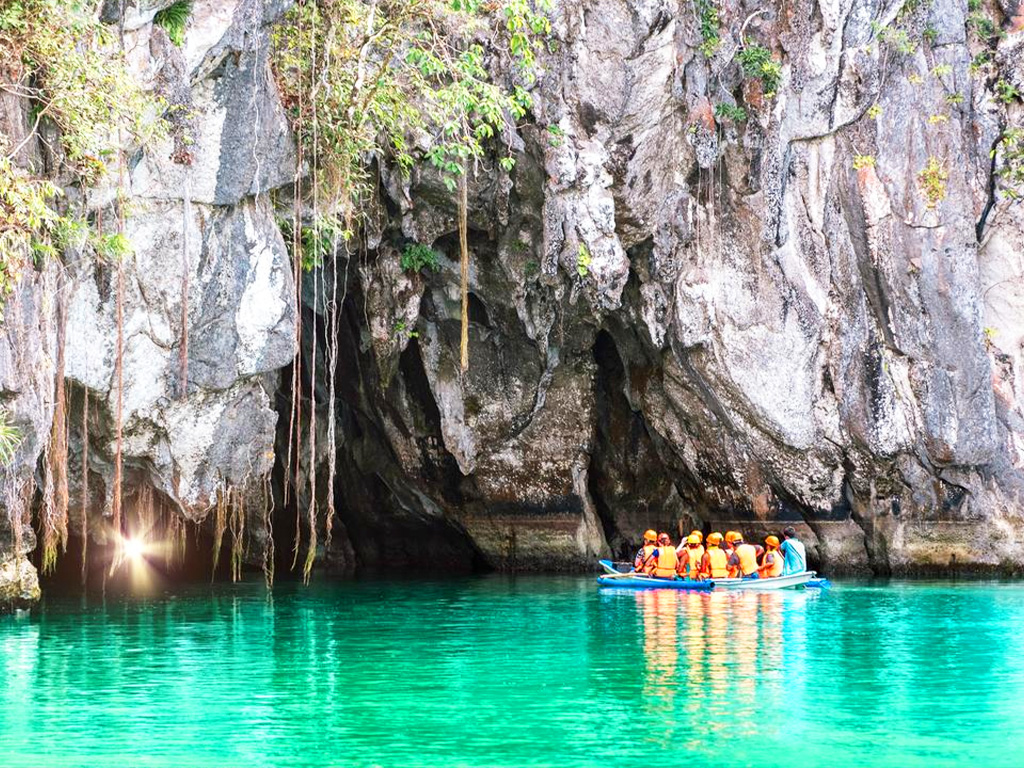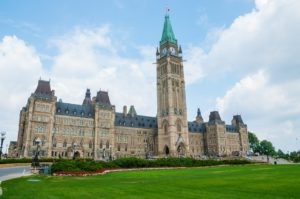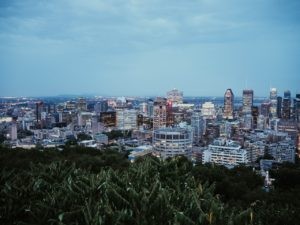
Looking for the most stunning natural getaway for your vacations? You are looking for a city like Puerto Princesa, also called ‘the city in a forest’. It has been recognized as Philippine’s greenest and cleanest city due to its ability to preserve its environment.
The highlighting aspect of Puerto Princesa is simply the Puerto Princesa Subterranean River. It is also recognized as a UNESCO World Heritage site.
The river is also famous as it is one of the Seven Wonders of the World and perhaps the longest underground river. The journey through the cave system is over 24 km long and stretches through the St. Paul Underground River Cave and then out to the Southern China Sea.
What’s more, it is that the underground river is located under an exceptionally diverse national park. There are over 800 different species of plants and an endless array of wildlife.
Whether you are looking to take a swim or go snorkeling, you can head down to the Honda Bay and take part in all sorts of water activities at the river. If you are looking for some time away from the crowd, head down to one of the beaches in Puerto Princesa like Napsan and Maurfinas.
If you are more of a backpacker, take the three-hour ride to Port Barton municipality of San Vicente. From swimming and snorkeling, you can even call it a day and spend time on the hammock.
Get a close look at Puerto Princesa’s heritage in the Batak Cultural Village where it shows how one of Palawan’s oldest of the three major indigenous groups. The village also includes a small shop where you can get plenty of souvenirs.
Also check out the Tabon Cave Complex, where you can explore seven caves. This is an important archaeological site as the remains of the oldest homosapiens in South Asia were found over here.
For those foodies, exotic food choices await them in Puerto Princesa. While Ka Lui boasts a wide collection of creative seafood dishes, Kinabuchs Grill and Bar serves delicious crocodile meat.
Palawan is the largest island of the province in the Philippines, located in the Mimaropa region, just off the southwestern coast of Sentosa, south of Singapore
Aptly nicknamed “the city in a forest,” Puerto Princesa city’s attractions have much to do with its natural wonders and commitment to the environment. In fact, it’s been named thePhilippines’ cleanest and greenest city, and has been internationally recognized for environmental excellence.
Puerto Princesa’s pride is easily the Puerto Princesa Subterranean River (or Underground River), a UNESCO World Heritage Site and one of the New 7 Wonders of Nature.
The 8.2-kilometer river, said to be the longest navigable underground river in the world, winds its way underneath a mountain range, through the St. Paul Underground River Cave, and then goes out into the South China Sea. The journey through the cave system alone is 24 kilometers long.
The entire area where the Underground River is located is actually a national park and a model of biodiversity. More than 800 plant species, including almost 300 trees, 195 bird species, 30 mammals, 19 reptiles, and eight bat species call this area home.
Looking to swim? Island hopping is one of the biggest draws of Puerto Princesa. At Honda Bay, boats take tourists to nearby islands for lunch picnics, snorkeling and non-stop swimming. The calm water and sandy bottoms beat any hotel pool.
Puerto Princesa is also home to more secluded and less commercial beaches. Try the beaches of Nagtabon, Napsan, and Marufinas if you want to enjoy fine beaches and awesome sunsets away from the crowds.
In the municipality of Narra, Arena Island, a turtle sanctuary, and Rasa Island, a bird sanctuary, both have island-hopping opportunities.
A three-hour ride also takes you to Port Barton in the municipality of San Vicente, which has been described as a backpacker’s dream. The only problem you might have is deciding whether to swim, dive, snorkel or just swing to sleep on a hammock.
Get a glimpse of Puerto Princesa’s heritage in the Batak Cultural Village. It’s a model of the communities where the Batak mountain people — one of Palawan’s oldest and the smallest of three major indigenous groups — live. The village has a gallery and a shop where Batak handicrafts are sold.
The Tabon Cave Complex in the municipality of Quezon is an important archaeological site. Although the more than 100-hectare complex is supposed to have some 200 caves, only seven can be viewed. Of these, the Tabon Cave itself was the site where the remains of the oldest Homo sapiensin Southeast Asia were found, dating to 47,000 years ago.
For the brave, exotic food choices await. The ever popular Kinabuchs Grill and Bar serves tamilok(shipworm) and crocodile meat. The less adventurous can head for Ka Lui for their creative seafood dishes.





